what counts as an 'old house'
nesting12
15 years ago
Related Stories

LIFEYou Said It: ‘Every Centimeter Counts’ and Other Houzz Quotables
Highlights from the week include Sesame Street pumpkins, embracing the old-fashioned kitchen table and a clever DIY project
Full Story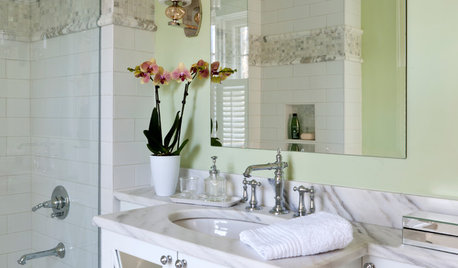
BATHROOM MAKEOVERS21st-Century Amenities for an Old-Time Show House Bath
Updated but appropriate features help an old-fashioned bath in the 2014 DC Design House align with modern tastes
Full Story
REMODELING GUIDESThe Hidden Problems in Old Houses
Before snatching up an old home, get to know what you’re in for by understanding the potential horrors that lurk below the surface
Full Story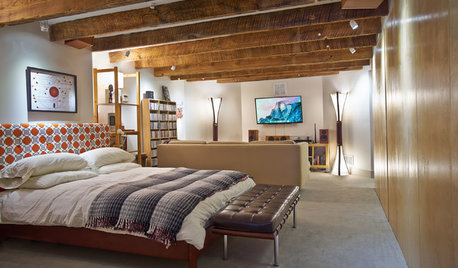
BASEMENTSRoom of the Day: Swank Basement Redo for a 100-Year-Old Row House
A downtown Knoxville basement goes from low-ceilinged cave to welcoming guest retreat
Full Story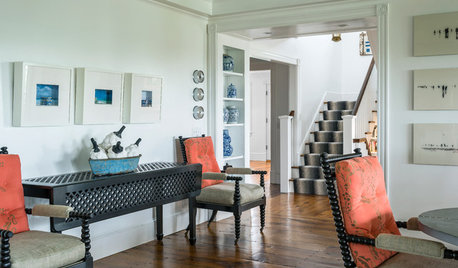
TRADITIONAL ARCHITECTUREHouzz Tour: Taking ‘Ye Olde’ Out of a Nantucket Shingle-Style Home
Vintage and modern pieces mix it up in a vacation house reconfigured to host casual gatherings of family and friends
Full Story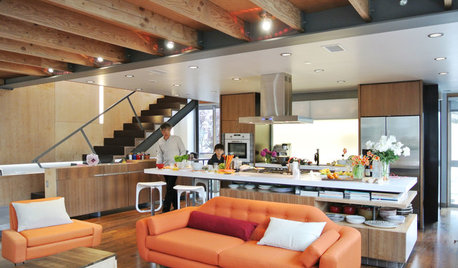
CONTEMPORARY HOMESHouzz Tour: A New Home in an Old Backyard
With a large lot and an architect dad, building from the ground up was the perfect solution for this Los Angeles family
Full Story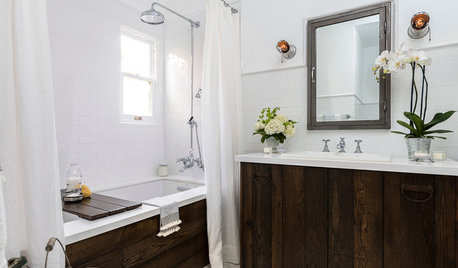
BEFORE AND AFTERSOld Hollywood Style for a Newly Redone Los Angeles Bath
An ‘NCIS’ actor gives her 1920s classic bungalow’s bathroom a glam retro makeover
Full Story
DECORATING GUIDESUse It or Lose It: How to Get Rid of Old Keys
Clean out your junk drawer by getting rid of keys in an earth-friendly way
Full StoryMore Discussions






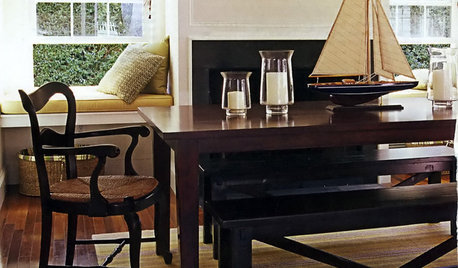
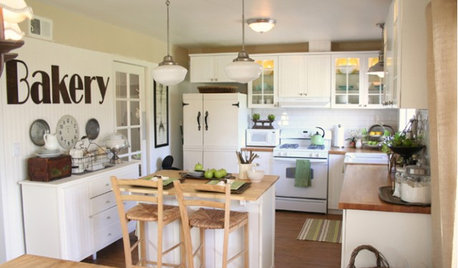


worthy
worthy
Related Professionals
Grafton Kitchen & Bathroom Designers · Town 'n' Country Kitchen & Bathroom Designers · Artondale Kitchen & Bathroom Remodelers · Avondale Kitchen & Bathroom Remodelers · Bellevue Kitchen & Bathroom Remodelers · Camarillo Kitchen & Bathroom Remodelers · Hickory Kitchen & Bathroom Remodelers · Independence Kitchen & Bathroom Remodelers · Jacksonville Kitchen & Bathroom Remodelers · Republic Kitchen & Bathroom Remodelers · Bull Run Architects & Building Designers · Carney Architects & Building Designers · Corpus Christi Architects & Building Designers · Keansburg Architects & Building Designers · Taylors Architects & Building Designersconcretenprimroses
Cyndi Charney
palimpsest
sombreuil_mongrel
worthy
palimpsest
Pipersville_Carol
cricketp
oldtimecarpenter